UV 3200TS Spectrophotometer
Discover the UV 3200 TS, a high-performance UV/Vis spectrophotometer designed for demanding applications. With its advanced optical system, precise measurements, and versatile features, the UV 3200 TS is the ideal choice for researchers and professionals seeking exceptional accuracy and reliability.
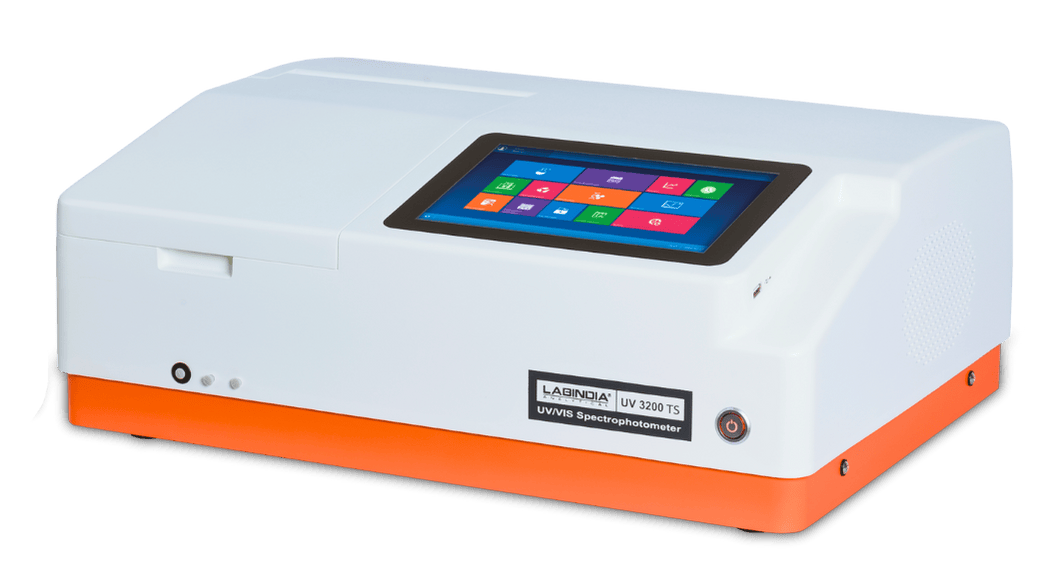
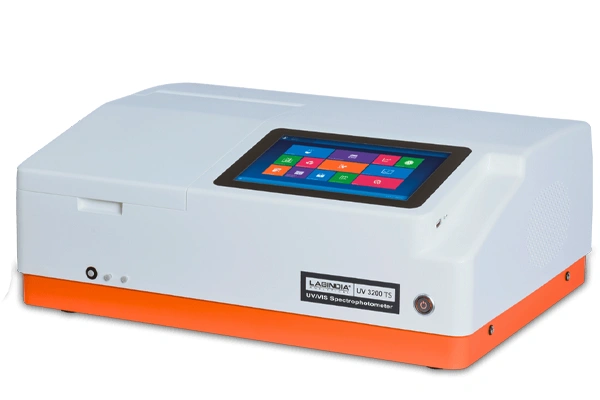

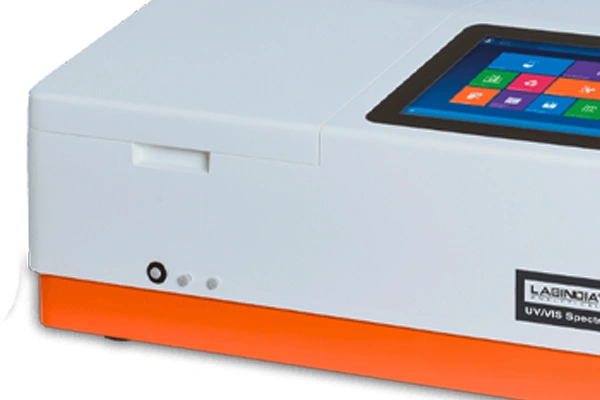
UV 3200TS Spectrophotometer
Discover the UV 3200 TS, a high-performance UV/Vis spectrophotometer designed for demanding applications. With its advanced optical system, precise measurements, and versatile features, the UV 3200 TS is the ideal choice for researchers and professionals seeking exceptional accuracy and reliability.
Optical Precision
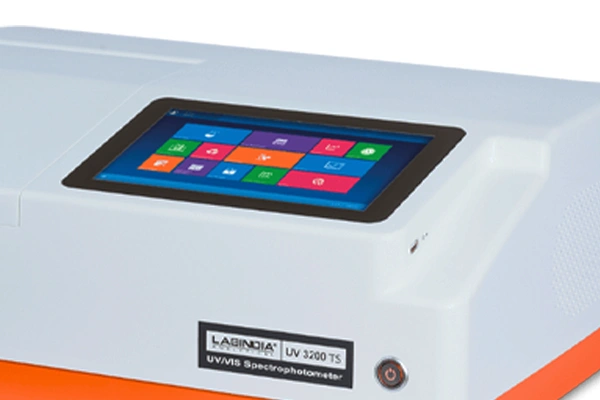
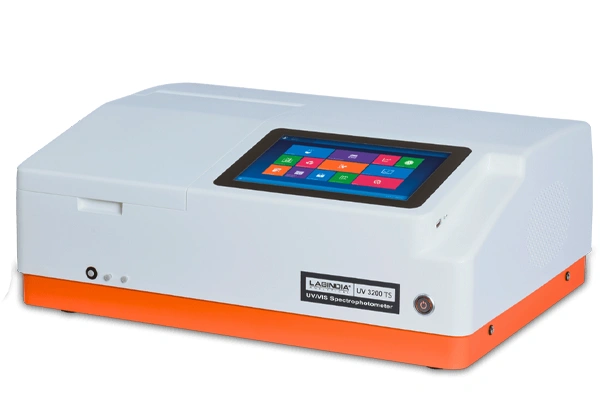
The UV 3200 TS is a high-performance UV/Vis spectrophotometer equipped with a TrueDouble Beam Optical System and a 1200 l/mm grating. This advanced optical configuration delivers exceptional accuracy and precision, ensuring reliable measurements with minimal stray light. The fixed bandwidth of 1 nm provides superior resolution for demanding applications.
Key Features
The UV 3200 TS offers a comprehensive suite of analytical features to meet the diverse needs of researchers and professionals. Its powerful measurement and analysis functions, coupled with open self-defined measurement methods, enable users to customize the instrument to their specific requirements. The instrument's user-friendly interface and built-in computer facilitate efficient data acquisition, processing, and analysis.
Analytical Versatility


